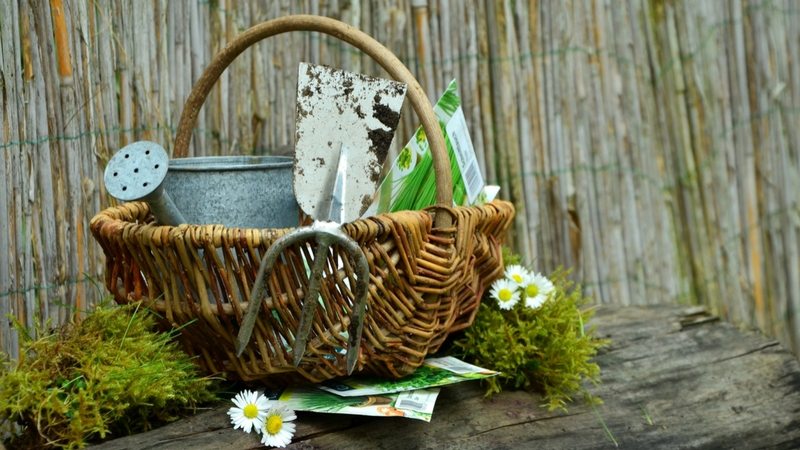Wrap Up
Episode #10 of the course Small-scale gardening by Alice Morgan
Good morning, and welcome to the last day of class! I hope you’ve enjoyed the process of getting here and feel ready to go out and plant your own garden. Over the past ten days, you’ve learned all the crucial aspects of choosing where and how to prepare a plot of land. You’ve mapped out your home and created a map of all the plants you want to grow. Weeds are no match for you, and you can plant, water, and mulch like a professional. You now know what nutrients are important to growing plants and how to get rid of pests, make your own compost, and harvest produce at the peak of perfection. I’m excited for you, and I hope you’re excited to go get your hands dirty.
As much as we’ve covered in this class, there’s still plenty to learn. I encourage you to keep researching, experimenting, and exploring different aspects of gardening. One of the easiest ways to continue your education is to track down copies of the books from the recommended reading sections and spend some time with them.
If you live in the US and are looking to go even further, then consider enrolling in a Master Gardener course with your local extension office. This program has a presence in many counties throughout the country. In addition to earning a certification, you’ll gain practical skills and meet local gardeners and farmers. The Master Gardener program will also have you volunteering in the community, so you’ll have a chance to share your new skills. There are similar programs outside of the United States.
If you don’t have a local Master Gardener’s chapter, then look for a greenhouse or CSA (Community Supported Agriculture) that needs a few good volunteers. Community greenhouses always need a few hands to help out, and you might even find yourself the beneficiary of a free plant or two. CSAs are also great places to learn skills. In the CSA system, individual people or families purchase a share of the farm’s harvest and receive fresh produce throughout the year. By receiving income in advance, farmers are able to invest in their farms with the knowledge that they already have a guaranteed buyer for their crops. Many CSA farmers allow you to volunteer for a share of produce. Alongside fresh produce, you’ll gain skills and knowledge straight from a professional.
To conclude, I want to wish you all the best in your gardening pursuits. Get dirty, try out new techniques, and above all, go out there and grow things!
If you enjoyed this class, check out Alice’s blog, Garden for Sparrows, for more information on gardening, sustainable living, and recipes.
Recommended book
Seed to Seed: Seed Saving and Growing Techniques for Vegetable Gardeners by Suzanne Ashworth
Share with friends

